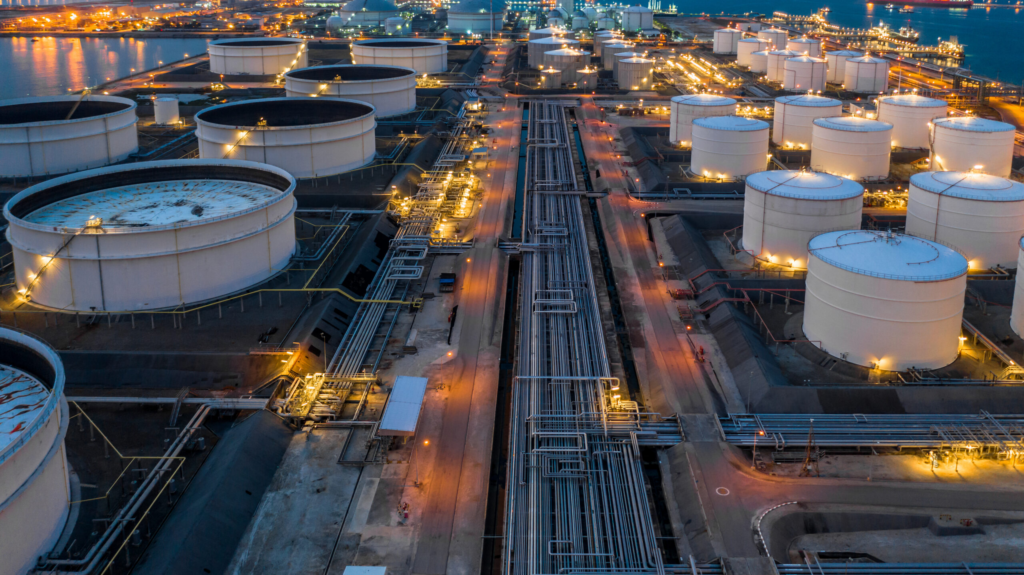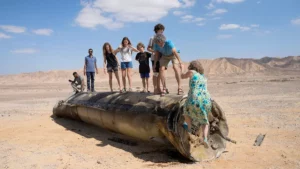7 new nations join the African gas markets in a rush

84% new reserves to come up in the 7 countries that have no history of fossil gas exploitation, finds Global Energy Monitor

Seven African countries with no history of fossil gas exploitation have now opened their doors to gas projects, a new briefing report showed.
Some 84 per cent of new reserves in the pre-production stage are coming up in Mozambique, Senegal, Tanzania, Mauritania, South Africa, Ethiopia, and Morocco, stated the Global Energy Monitor briefing released February 2023.
Their reserves are pegged at 5,137.5 billion cubic meters (bcm). Potential emissions are expected to reach about 11.9 billion tonnes of carbon dioxide.
This “dash for gas” threatens the global scientific consensus to halt constructing new fossil fuel infrastructure. Further, these fields have witnessed opposition due to the potential impacts on local ecosystems and communities the report highlighted.
Gas extraction sources in Africa
.png)
The new findings are from Global Energy Monitor’s (GEM) database: Global Oil and Gas Extraction Tracker (GOGET). It included data on 421 extraction projects, of which 79 fields are in the pre-production stage.
Pre-production Reserves in Africa total 2,307.4 bcm in Mozambique, 778.7 bcm in Senegal, 574.6 bcm in Mauritania, 512.5 bcm in Tanzania, 192.7 bcm in Algeria, 192.6 bcm in Egypt, 155 bcm in Nigeria, 143.6 in Angola, 102.2 bcm in Libya, 96.3 bcm in South Africa, 42.5 bcm in Ethiopia and 39.4 bcm in Morocco.
Previously, only Algeria, Nigeria, Libya and Egypt were gas reserves and production hubs. These four countries accounted for 78 per cent of African gas reserves in 2021, according to the United States Energy Information Administration.
They will continue to dominate gas production in the near term. But, according to the briefing, Mozambique and other new entrants in the African gas market are estimated to contribute more than 50 per cent of gas production in Africa by 2038.
Also, much of the gas from the new projects are being constructed to cater to the international market and not domestic consumption.
In Mozambique, only 30 per cent of the population has access to electricity. The access in Tanzania, Mauritania, and Ethiopia is 40 per cent, 47 per cent and 51 per cent, respectively.
Driving this dash for gas is the European Union (EU), which wants to reduce its reliance on Russia following the Russia-Ukraine war.
In 2021, the EU imported 90 per cent of its gas consumed, of which Russia contributed some 45 per cent. A fifth of the EU’s gas imports came from Africa, of which Algeria contributed 12.6 per cent.
Over 97 per cent of the new liquefied natural gas infrastructure planned for Africa is being built for export, mainly to Europe and Asia.
The major players include Shell, Eni, Total and BP from Europe; Exxon, Kosmos Energy Limited from North America; Sonatrach and Empresa Nacional de Hidrocarbonetos in Africa; Mitsui & Co Ltd in East Asia; and Oil and Natural Gas Corporation in South Asia.
Further, there are questions about the future of these gas infrastructure projects. EU aims to cut its gas demand by 35 per cent by 2030 compared to 2019.
Top companies by reserves of new gas fields in Africa

Source: GEM Global Oil and Gas Extraction Tracker
If the European Commission’s new proposal REPowerEU is fully implemented, it could result in a 52 per cent drop in gas demand by 2030, compared to 2019.
REPowerEU plans to make Europe independent from Russian fossil fuels well before 2030.
“Europe’s current interest in African gas is clearly fuelled by a short to a medium-term supply crisis, while significant volumes of gas from in-development African projects will only come online much later this decade, potentially stranding that gas without a buyer,” the briefing warned.
Moreover, these new nations’ assets cannot be repurposed for domestic use without “extraordinarily expensive infrastructure development”, Global Energy Monitor noted.
Source: DTE





